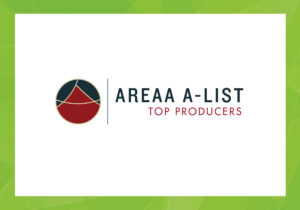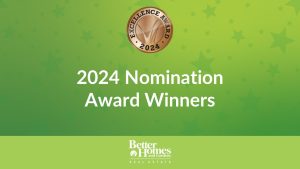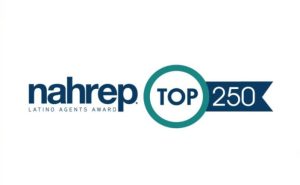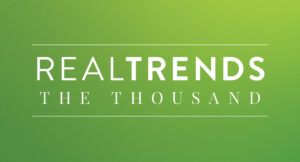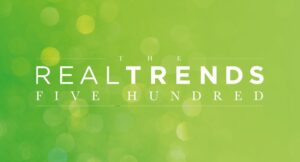Posted By Kevin Doell
Question remains. Who sets the standards?
 Green real estate has “arrived” with the headline “How Green is My Realtor” in none other than the Wall Street Journal. Penned by Sara Schaeffer Munoz, the article draws attention to the fact that sales associates have begun to market themselves as “eco-friendly” …. “connecting environmentally conscious buyers to “green” homes and helping sellers make their homes more eco-sensitive.”
Green real estate has “arrived” with the headline “How Green is My Realtor” in none other than the Wall Street Journal. Penned by Sara Schaeffer Munoz, the article draws attention to the fact that sales associates have begun to market themselves as “eco-friendly” …. “connecting environmentally conscious buyers to “green” homes and helping sellers make their homes more eco-sensitive.”
We’ll, it sure is nice to least have one post that outlines our plans for being green before a story in the lead section of D1 crops up. Of course, by no means were we looking to be the first movers on this topic. After all, we’re not even public until July! But in fact, we are more than happy if the whole industry jumps in with both feet. Only in that way, can we as a society hope to pick up any traction on this monumental task.
Standards, Standards and More Standards
Like Blue ray Disc vs. HD DVD, there’s a bit of a fight going on as to what the “standard” for residential green will be. Right now the U.S. Green Building Council, National Association of Homebuilders and the federal government’s “Energy Star” program are all vying for top billing when it comes to setting the standard of defining green in residential housing. According to EnergyStar, there are more than 50 programs out there.
Here are descriptors and links to the three mentioned:
LEED for Homes is a national third-party certification system for leadership in green homebuilding… LEED for Homes rates and certifies green homes based on six sets of criteria, including energy and atmosphere, water usage, sustainable sites, materials and resources, indoor environmental quality, and location and linkages.
(From their press release) The new National Green Building Standard will maintain the flexibility of green building practices while providing a common national benchmark for builders, remodelers and developers… The National Green Building Standard is expected to be approved by the American National Standards Institute (ANSI) and published by NAHB and the International Code Council (ICC) early this spring
To earn the ENERGY STAR, a home must meet guidelines for energy efficiency set by the U.S. Environmental Protection Agency. These homes are at least 15{0a8e414e4f0423ce9f97e7209435b0fa449e6cffaf599cce0c556757c159a30c} more energy efficient than homes built to the 2004 International Residential Code (IRC), and include additional energy-saving features that typically make them 20-30{0a8e414e4f0423ce9f97e7209435b0fa449e6cffaf599cce0c556757c159a30c} more efficient than standard homes
Other Notes of Interest
Green Green. Bank of America and Indigo Financial Group got the nod for offering buyers financial breaks for purchasing homes that meet certain energy efficiency standards. And yet, I couldn’t find any information on either of their Web sites as to what their programs are about. I’ll have to send a letter to Sara.
Lots of props to “Ecobroker” – These folks offer one of the eco-certifications we are evaluating. I met them at NAR Expo and have spoken with them on the phone. Another worth mentioning, but left out of the article is www.greenrealestateeducation.com
The Proto-Typical Closer
And of course, what article in the mainstream press regarding real estate would be complete without at least one barb about the utility of a real estate professional (albeit one that is green certified)?
Munoz writes near the end, “As for the “green” agent who showed him the place, he said she was knowledgeable, but her pitch wasn’t what sold him on the property.”
Geez. We are like the Rodney Dangerfield of Industries. Can’t get no respect.


